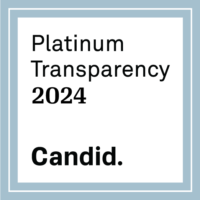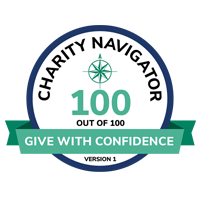April Challenge
Events List
Loading view.
Calendar of Events
M Mon
T Tue
W Wed
T Thu
F Fri
S Sat
S Sun
0 events,
0 events,
0 events,
0 events,
0 events,
1 event,
0 events,
0 events,
0 events,
0 events,
0 events,
1 event,
-
Sunflower Shoppe Giveback for RCF
Sunflower Shoppe Giveback for RCF
Sunflower Shoppe Give Back Day 10% of sales benefits Rutledge Cancer Foundation Sat. April 27, 10:00 a.m. – 3:00 p.m. *Fort Worth/Camp Bowie location.
0 events,
0 events,
0 events,
RAISE THE SURVIVAL RATE
RCF works as a catalyst to increase awareness and early detection of cancer in teens and young adults.
FIND A CURE
RCF exists to find less toxic, personalized treatments for teens and young adults with cancer.
